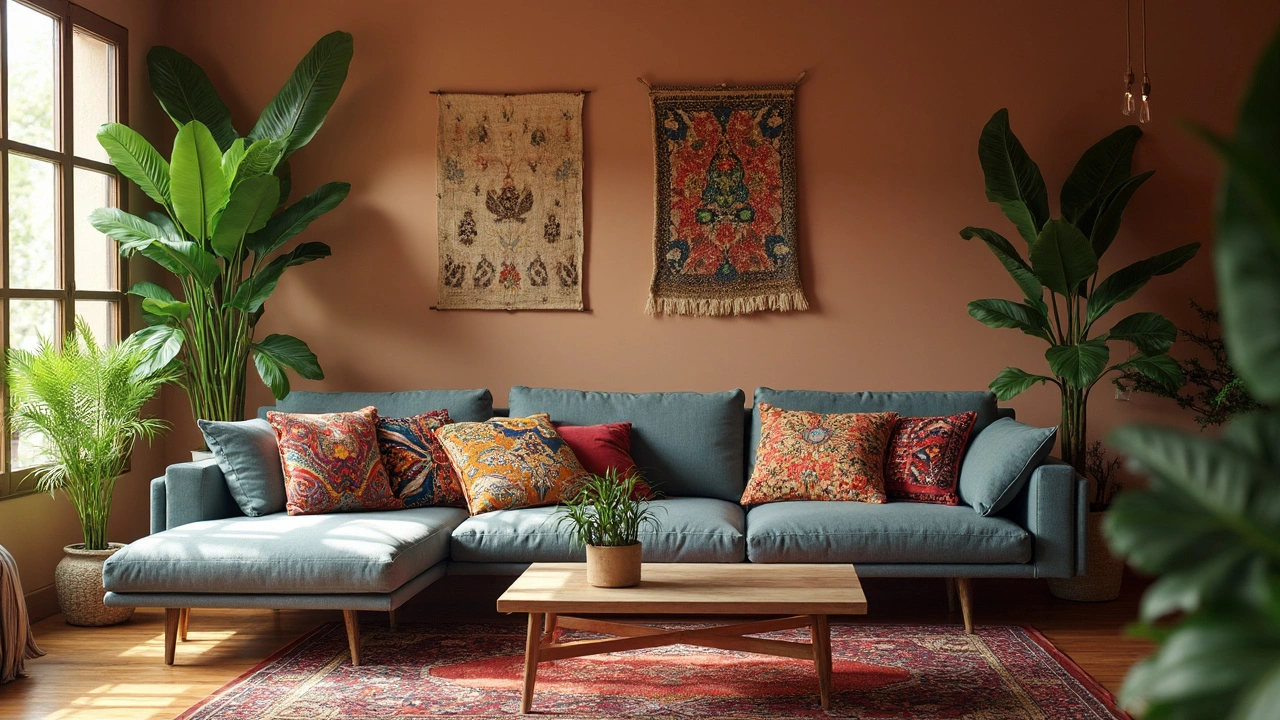Color Scheme Ideas for Sofas: How to Choose the Right Hue
Picking a sofa color can feel like a gamble, but it doesn’t have to be. A good color scheme ties your whole living room together and makes the space feel intentional. Below are practical steps that help you decide on a hue that works with your furniture, walls, and personal taste.
Start with the Room’s Existing Palette
Look around your living room. What colors dominate the walls, rugs, and accessories? If your walls are a cool gray, a sofa in deep navy or soft teal creates contrast without clashing. If you have warm wood floors, try an earthy olive or warm beige. The rule of thumb: choose a sofa that either matches one of the dominant colors or sits opposite on the color wheel for a subtle pop.
Popular Sofa Colors for 2025
We’ve seen a surge in three main shades this year: muted sage, warm terracotta, and classic charcoal. Sage feels fresh and works well with both light and dark accents. Terracotta adds a cozy vibe, especially when paired with neutral textiles. Charcoal is a safe bet that hides stains and pairs with almost any accent color. When you hear “most popular couch colors,” these three usually top the list.
Don’t forget the power of neutrals. A soft ivory or light taupe sofa makes it easy to switch out throw pillows and blankets for seasonal updates. If you love change, start with a neutral base and add color through accessories instead of the sofa itself.
Mixing and Matching: Sofa, Coffee Table, and TV Stand
One common mistake is trying to match every piece perfectly. Instead, pick one anchor color—usually the sofa—and let other items complement it. For example, a charcoal sofa looks great with a walnut coffee table and a light gray TV stand. If you prefer a bolder look, a terracotta sofa can be paired with a teal accent rug and a gold‑toned side table.
When the sofa is the focal point, keep the other large pieces in neutral tones. This creates balance and lets the sofa shine without overwhelming the room.
Practical Tips to Avoid Color Regrets
Test before you buy. Grab a fabric swatch and hold it up to your wall at different times of day. Light changes the perception of color, and a shade that looks great under showroom lights may look dull at home.
Consider lifestyle. If you have kids or pets, darker shades or patterned fabrics hide wear better than light pastels.
Use accessories to fine‑tune. Throw pillows, blankets, and art can introduce secondary colors without committing to a new sofa.
Finally, trust your gut. If a color makes you smile when you walk past the showroom, it’s likely the right choice for your space.
By following these steps—checking your room’s palette, leaning on 2025’s popular shades, balancing other furniture, and testing before buying—you’ll nail a color scheme that feels right and stays stylish for years.
Choosing the Perfect Color Throw Pillows for a Grey Couch
Choosing the right color throw pillows for a grey couch can transform your living space. A grey sofa offers a neutral backdrop, making it versatile for various colors. Whether you prefer bold, contrasting colors or soft, subtle tones, your choice of throw pillows can reflect your personal style and enhance the overall aesthetic of the room. Discover the impact of different color choices and get creative with patterns and textures to create a harmonious or vibrant look.





